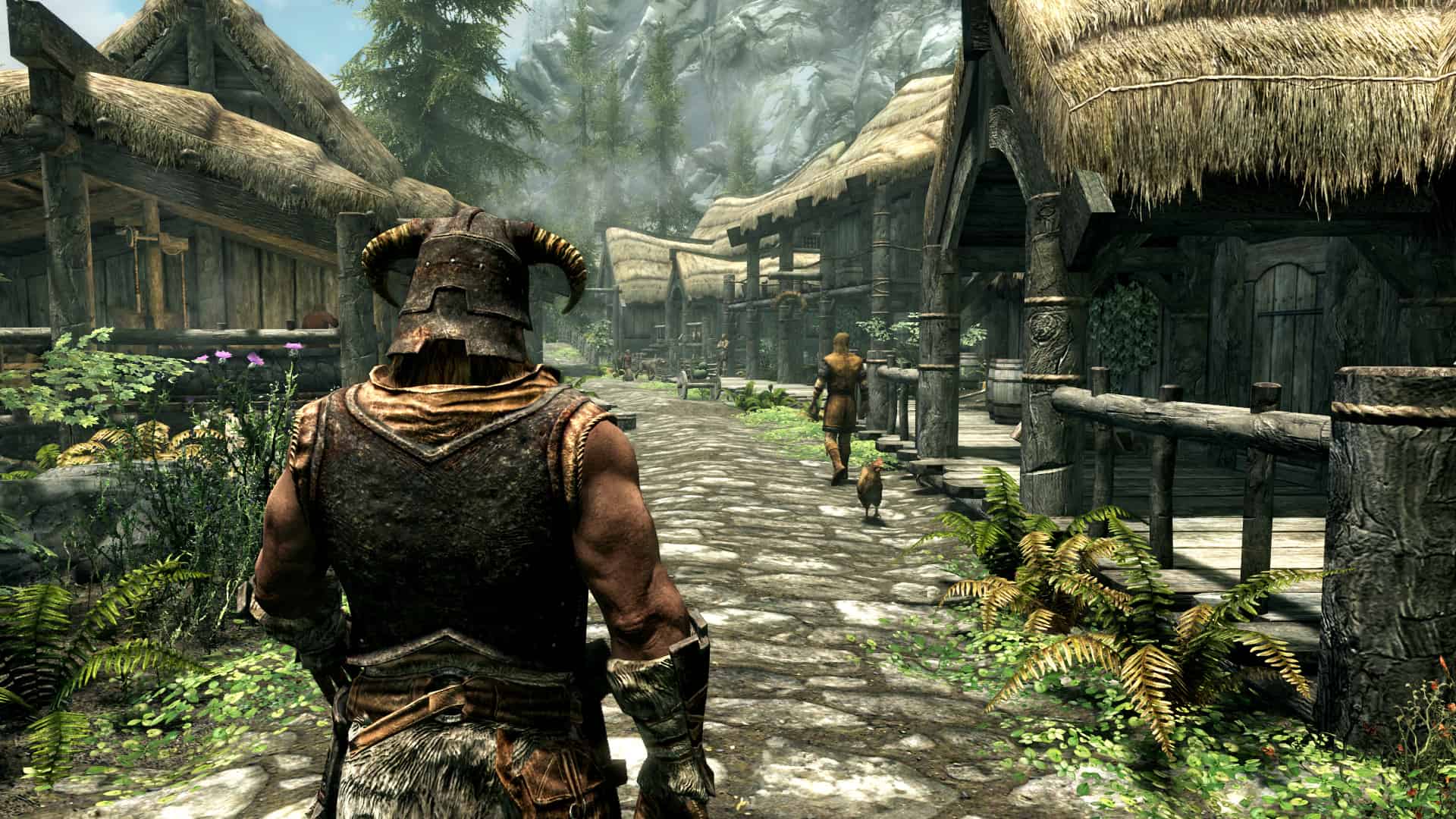The Elder Scrolls is a legendary series of action role-playing video games mostly developed and published by Bethesda. Introduced in 1994 with The Elder Scrolls: Arena, the franchise has grown to be a cornerstone in the gaming community, emphasizing gameplay freedom in massive open worlds. The series is critically acclaimed, with titles like Morrowind, Oblivion, and Skyrim earning Game of the Year awards from multiple outlets. In addition to a host of awards, the game series has sold tens of millions of copies and captured the hearts of role-playing gamers.
Each game in the series sets players in the rich lore of the continent of Tamriel, blending elements of medieval and high fantasy themes. Various provinces divide the lands, each home to a unique mix of races like elves and orcs. You’ll find a familiar narrative in most of the games, where the player rises as a chosen hero to face a threat and potentially save the world or the communities they protect. While the narrative is important in the games, they also often offer large amounts of freedom of choice and complex, skill-based character development.
The Elder Scrolls: Arena (1994)
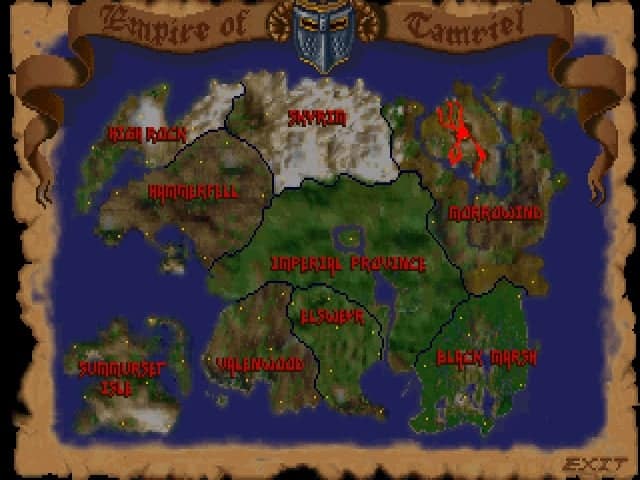
The Elder Scrolls: Arena marked the beginning of a franchise that would become an immensely successful game series in the realm of RPGs. The game was developed and released by Bethesda. This MS-DOS game serves as the introduction to the expansive continent of Tamriel, explored further in later games. Initially, it was a gladiatorial game focusing on arena combat, but the game evolved to an expansive open world filled with procedurally generated towns, dungeons, and the outer world.
The game is iconic for its innovative features, like its day and night cycle and spell creation system, earning awards in gaming and computing magazines. While it isn’t as immersive as the later Elder Scrolls titles, it laid the groundwork for the series.
The Elder Scrolls II: Daggerfall (1996)
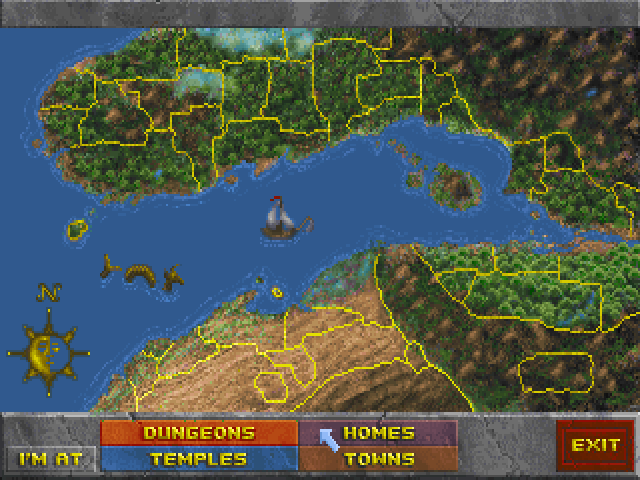
The Elder Scrolls II: Daggerfall builds upon the foundations laid by the previous game by offering an even richer open-world experience. Daggerfall, like the first title, was published by Bethesda for MS-DOS. This title limits its environment to the provinces of High Rock and Hammerfell but offers much more detail with what was an astonishing 15,000 locations. Players can explore areas like cities and dungeons in addition to an open world. This added complexity extends to its gameplay mechanics, featuring a richer character creation system, a guild system, and even the ability to become a supernatural creature like a vampire or werewolf.
Daggerfall set itself apart with a unique role-playing experience where actions and relationships have real consequences in the game world. Stealing from a store would alert the guards, and lead you into a prison unless you fought your way out. Its spell-creation and enchanting systems allow for more customization, and the combat that uses the mouse offers an improvement in gameplay. The game also allows for multiple quest outcomes, giving players influence over the world and its politics. Daggerfall was a major leap in The Elder Scrolls franchise and role-playing games in general.
An Elder Scrolls Legend: Battlespire (1997)
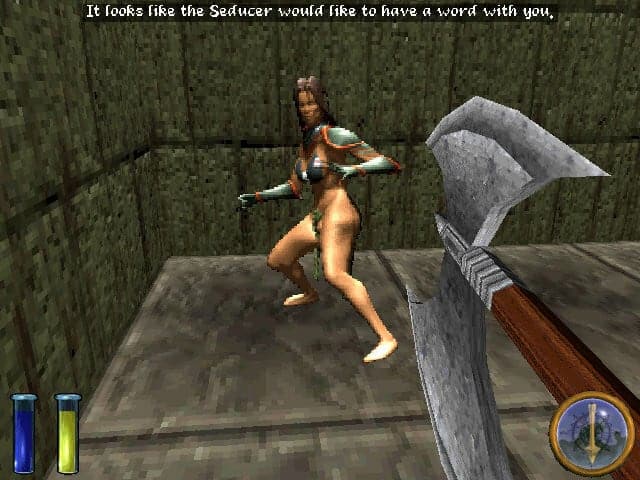
An Elder Scrolls Legend: Battlespire is quite different from the traditional Elder Scrolls formula established by the two predecessors. It focuses more on dungeon-crawling gameplay and eliminates features like rest and merchants. The game is set within the universe of The Elder Scrolls but includes only Battlespire, a training facility for battlemages. The player character, an apprentice mage, must find their way through seven levels of hellish landscapes to rescue a partner and fend off an invasion led by the Daedric Prince Mehrunes Dagon.
One of the unique aspects of Battlespire is its multiplayer functionality, which used a popular service called GameSpy. The game included both a co-op story mode and team-based combat. The gameplay features enemies non-randomized, which allows a consistent playthrough experience. While it’s not considered one of the premiere examples of The Elder Scrolls games, it is unique in its own right.
The Elder Scrolls Adventures: Redguard (1998)
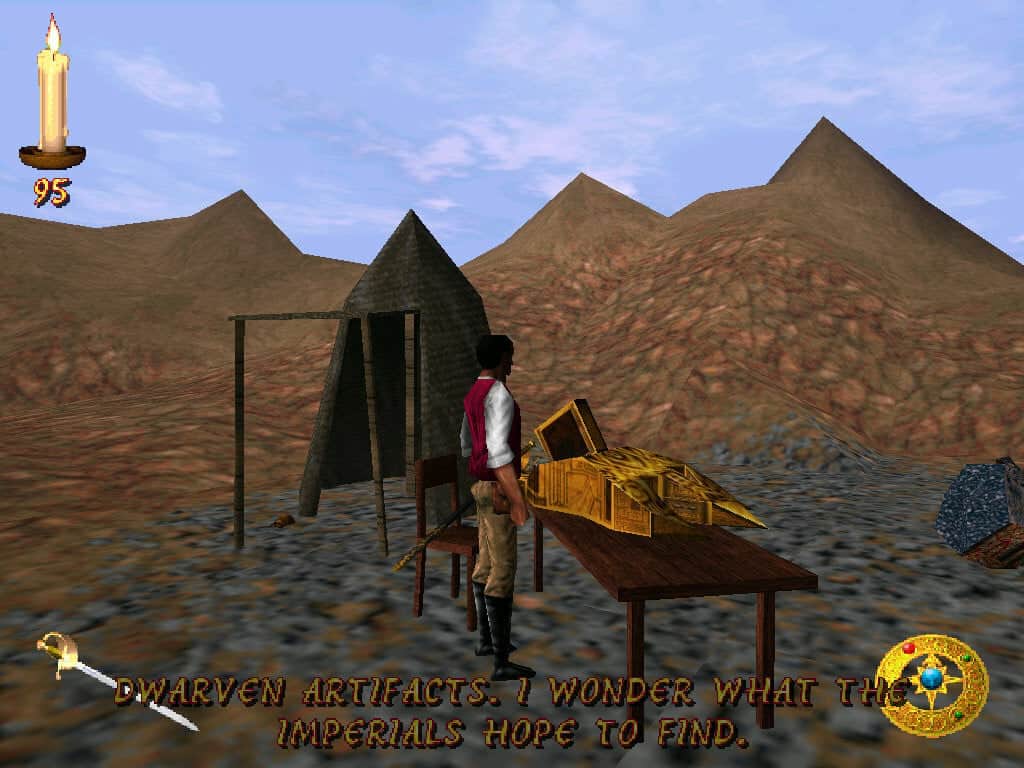
©Screenshot of The Elder Scrolls Adventures Redguard Third Person
The Elder Scrolls Adventures: Redguard is an action-adventure game developed by Bethesda. The game is different from The Elder Scrolls series with its predetermined main character and third-person perspective. Players step in the shoes of Cyrus on the island of Stros M’Kai off the coast of Hammerfell. The game is set during the Tiber Wars as Cyrus is searching for his missing sister, Iszara. Unlike other titles in the series, Redguard offers no customization of the protagonist and focuses on action and storytelling over open-world exploration and role-playing.
The Elder Scrolls III: Morrowind (2002)
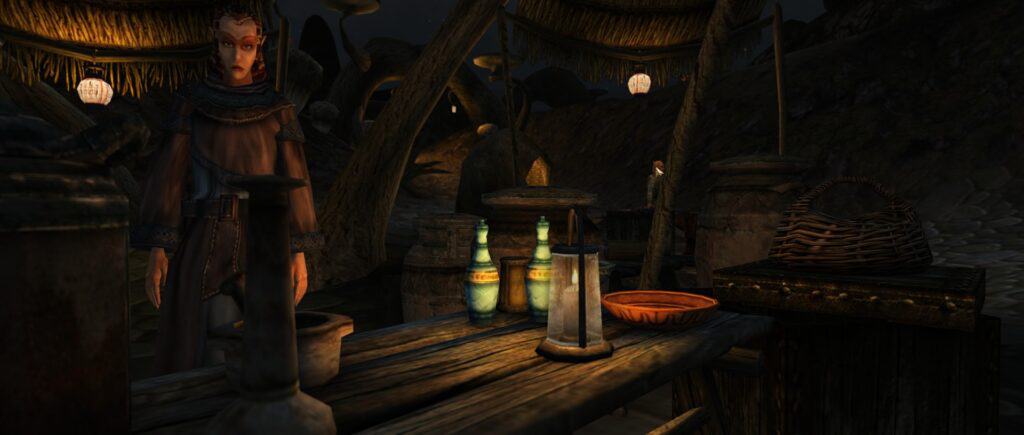
The fourth title in the series is an open-world action RPG and a return to Daggerfall-like gameplay. The Elder Scrolls III: Morrowind was released in 2002 for Microsoft Windows and Xbox. Set on the island of Vvardenfell in the Dunmer province of Morrowind, players face the demigod Dagoth Ur, who aims to free Morrowind from Imperial rule. Unlike Daggerfall, Morrowind places less focus on the main story.
The game allows for more customization and freeform gameplay, a trend that has continued to this day. Morrowind quickly became a commercial success and two expansion packs were released for the game. Unique features include a detailed skill system, various methods of combat, and character customization options that impact gameplay attributes and abilities.
The Elder Scrolls Travels: Stormhold (2003)
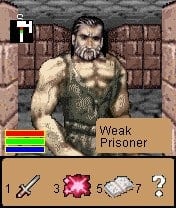
The Elder Scrolls Travels: Stormhold, released in 2003, is a single-player role-playing game developed and published by Vir2L Studios for J2ME and BREW platforms. Styled after the main games in The Elder Scrolls series, Stormhold distinguishes itself as part of the Elder Scrolls Travels sub-series, which aims to bring the franchise to mobile devices.
The Elder Scrolls Travels: Dawnstar (2004)
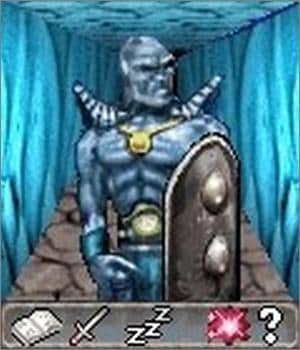
The Elder Scrolls Travels: Dawnstar is the second title in the single-player role-playing game sub-series for the franchise. The game was developed for mobile platforms like its predecessor.
The Elder Scrolls Travels: Shadowkey (2004)
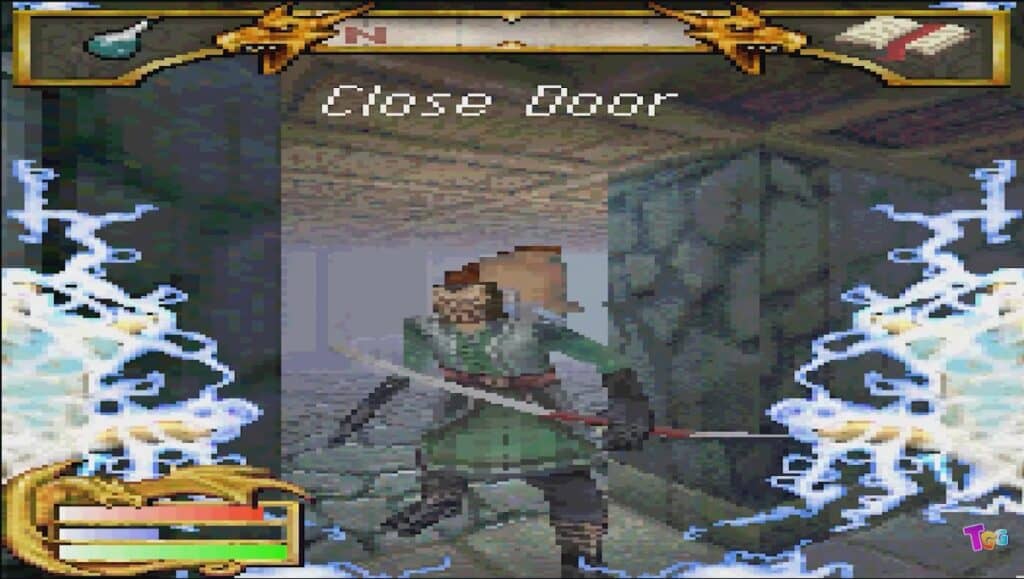
As the third title in the Travels sub-series, The Elder Scrolls Travels: Shadowkey is a role-playing game developed exclusively for the N-Gage by Vir2L Studios. In the game, you play as an unnamed resident of Azra’s Crossing in Hammerfell. You need to defeat the Umbra’Keth, the Shadow of Conflict. To complete this, you must collect the seven Star Teeth, ancient crystals with magical powers, while contending with the Imperial Battlemage Jagar Tharn and Shadowmage Pergan Asuul, who are also seeking the Star Teeth for their aims.
The Elder Scrolls IV: Oblivion (2006)
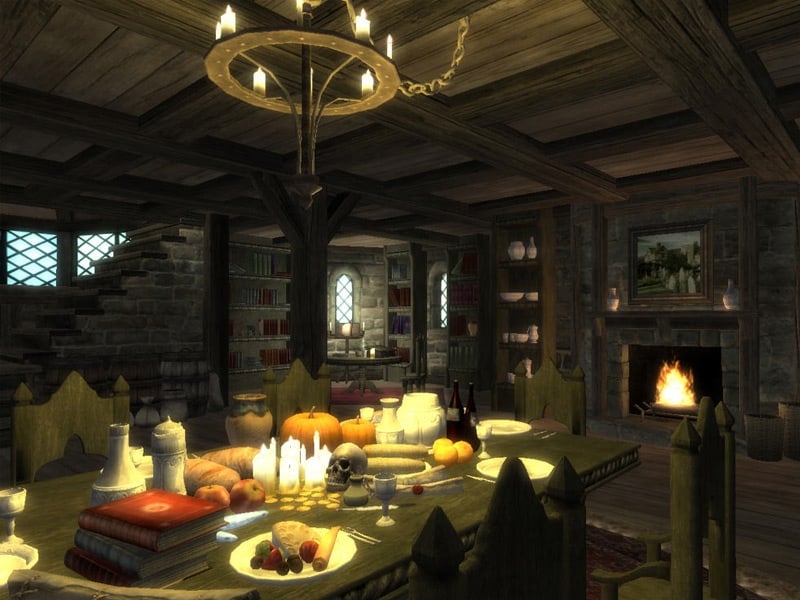
In 2006, Bethesda released another episode of the main series, The Elder Scrolls IV: Oblivion. The open-world action role-playing game initially launched for PC and Xbox 360 and later came out for the PlayStation 3. It takes place in the province of Cyrodiil, focusing on the main character’s quest to thwart the Mythic Dawn cult’s plans. This cult aims to open portals to a demonic realm known as Oblivion. The game comes with a comprehensive skill system, which allows more freedom in terms of skill paths and character development.
The game’s world is large and allows freedom of movement. New technologies like a better Havok physics engine and high-dynamic-range lighting improved the graphics. The game was a massive commercial success and became one of the defining games in the series. In addition to finding its way to most RPG fans’ collections, Oblivion received various awards for its graphics and scope of gameplay. Like its main line predecessor, Morrowind, it gained two additional expansions: Knights of the Nine and Shivering Isles.
The Elder Scrolls Travels: Oblivion (2006)
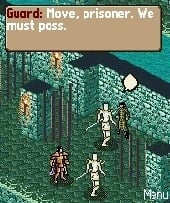
Oblivion Mobile is a mobile game for Java-enabled cell phones and forms part of the Elder Scrolls Travels series. The official name of the game is The Elder Scrolls Travels: Oblivion. The game is the fourth, and last, part of the mobile sub-series. The game mimics the storyline of its console and PC counterparts but does not require prior experience with them. Players navigate the game using the numeric touchpad and action keys. There are eight classes to choose from that offer distinct armor, weapons, and spells. The game uses an isometric perspective while largely maintaining the gameplay elements of the original Oblivion. There are a total of ten main levels and four optional quests.
The Elder Scrolls V: Skyrim (2011)
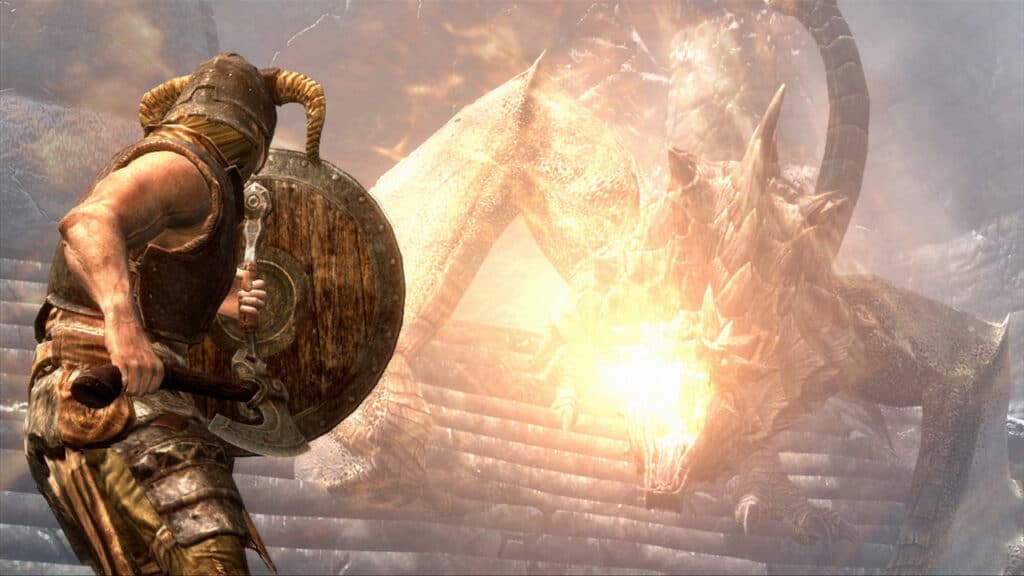
The Elder Scrolls V: Skyrim is the latest iteration of the franchise’s main series. It was developed by Bethesda and released in 2011. As the fifth main installment in The Elder Scrolls series, it is available for a wide range of devices including PC, PlayStation 3, PlayStation 4, PlayStation 5, Xbox 360, and Xbox One. Skyrim is set 200 years after its predecessor, Oblivion, and takes place in Skyrim, Tamriel’s northernmost province. The game focuses on the player’s character, known as the Dragonborn, who aims to defeat Alduin, a dragon prophesied to destroy the world.
Players complete quests, improve skills, and explore an open world consisting of various environments like cities, dungeons, and wilderness. The game offers multiple navigation options, including horse riding and a fast-travel system, and allows gameplay from either a first- or third-person perspective. The game became a massive success almost overnight and the most popular Elder Scrolls game in the history of the series. Skyrim also has three separate expansions, Dawnguard, Hearthfire, and Dragonborn.
The Elder Scrolls Online (2014)
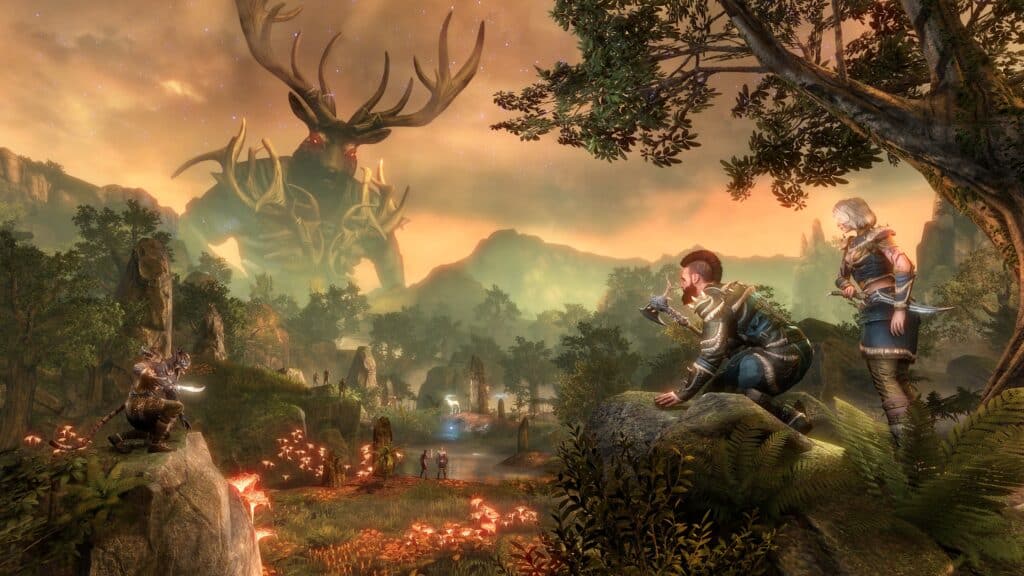
After the success of Skyrim, the studio released The Elder Scrolls Online (ESO), a massively multiplayer online role-playing game. The game became available for PC in April 2014. The game takes place in the continent of Tamriel during the Second Era and provides a storyline that is indirectly related to other titles in The Elder Scrolls series. It initially had a mandatory subscription model, but later transitioned to a buy-to-play model with optional subscriptions and microtransactions. The game later expanded to consoles and has since become much more successful.
Gameplay in The Elder Scrolls Online is mostly non-linear and involves quests, random events, and free-roaming exploration, although the game and its expansions also have a primary questline. The primary objective centers on recovering the player character’s soul, stolen by the Daedric Prince Molag Bal.
The Elder Scrolls: Legends (2017)
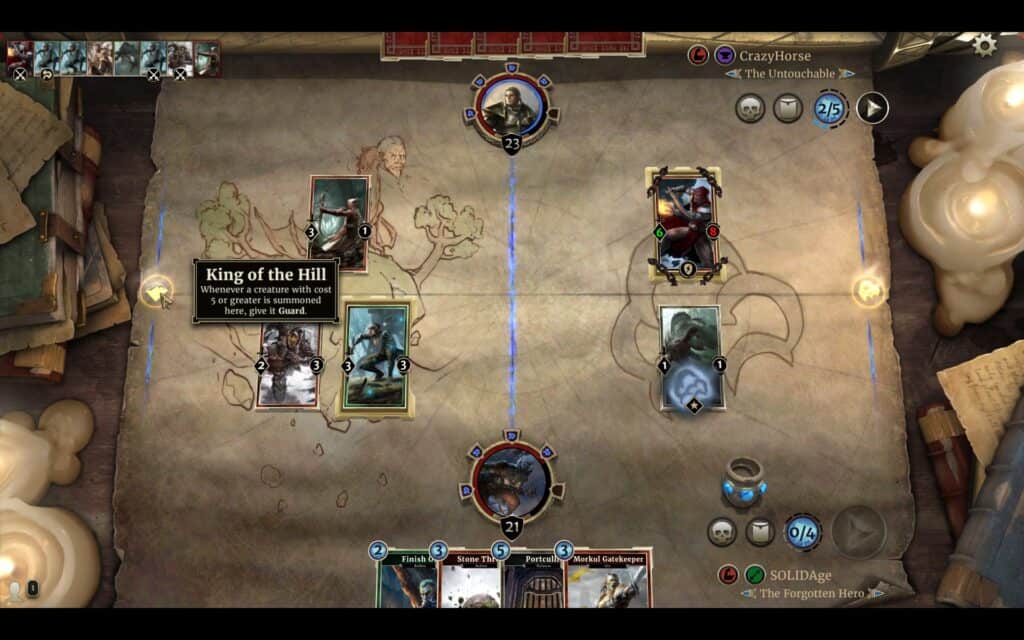
The Elder Scrolls: Legends is a free-to-play digital collectible card game. It was published by Bethesda in 2017 for platforms including PC and mobile. The game’s servers remain active to this day, although the development by Bethesda ended in 2019. The gameplay revolves around turn-based matches between two opponents and features cards based on the creatures, characters, and lore of The Elder Scrolls series.
The story revolves around the player character, known as The Forgotten Hero. He aims to fight against a High Elf named Naarifin who seeks to unleash Daedra in Cyrodiil to fulfill an Elder Scroll prophecy called the Culling. The choices made by the player during the game influence the storyline and the cards they earn as rewards.
The Elder Scrolls V: Skyrim VR (2017)
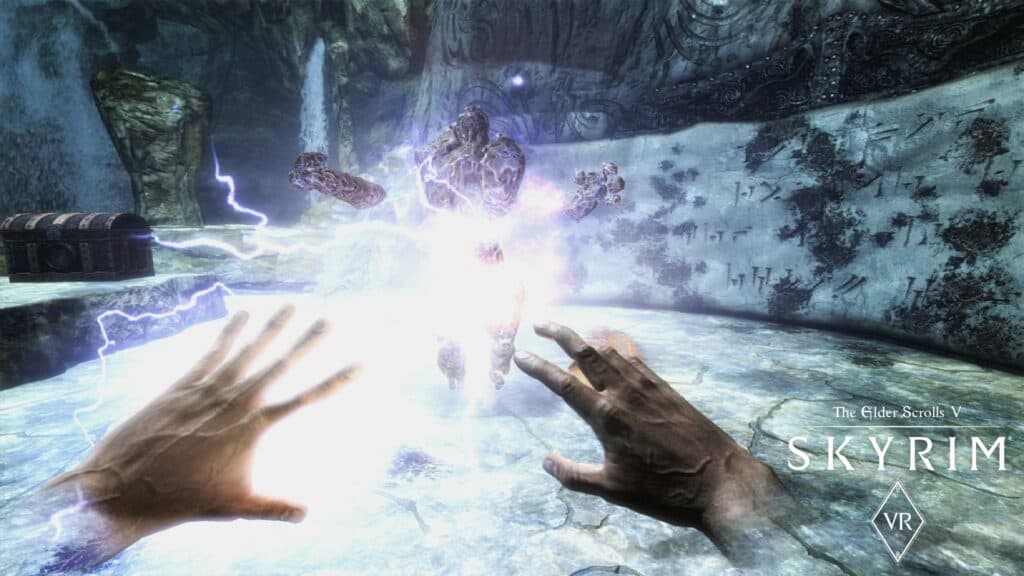
©Screenshot of The Elder Scrolls V Skyrim VR Virtual Reality
The Elder Scrolls V: Skyrim VR is a virtual reality version of The Elder Scrolls V: Skyrim, initially released for PlayStation VR and later expanded to PC platforms including Oculus Rift, HTC Vive, and Microsoft’s Mixed Reality headsets. The VR version includes the entire original game along with all three DLCs. It introduces new features such as the ability for the player to look in different directions while attacking and supports PlayStation Move for gameplay.
The Elder Scrolls: Blades (2020)
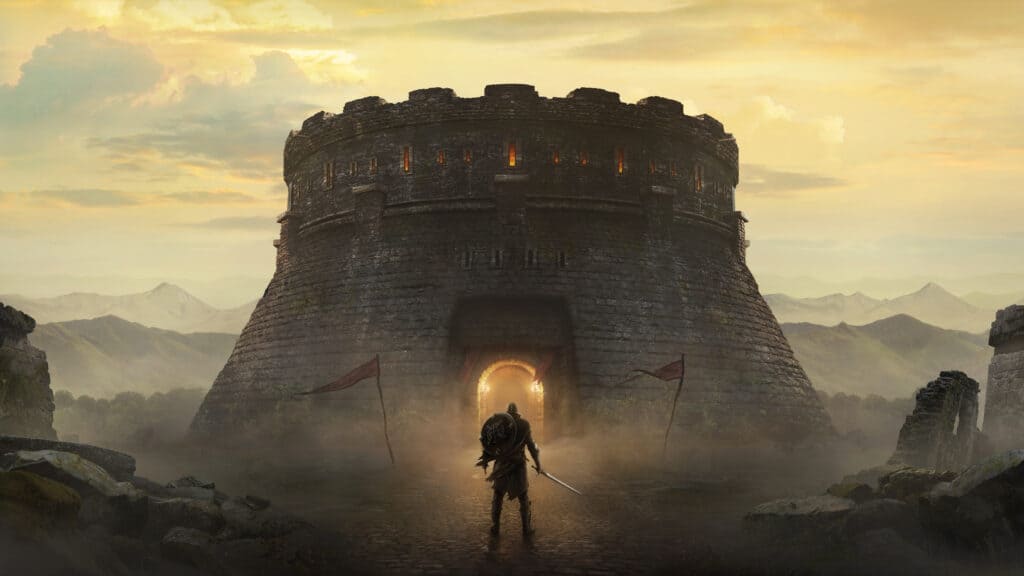
The Elder Scrolls: Blades is a free-to-play action role-playing game developed for mobile devices and the Nintendo Switch. Blades diverges from the main line of Elder Scrolls games, similar to Battlespire. Instead of the open-world nature of most of its predecessors, the game has a more linear gameplay experience. This is largely due to the platforms it was released, including mobile devices.
Players engage in one-on-one combat using touch controls for melee, magic, and ranged attacks. The story follows a former member of the Blades, an elite group of bodyguards now outlawed and hunted. This person returns to their hometown, finding it destroyed. From there, the players must navigate dungeons and undertake quests to rebuild the town, rescue villagers, and confront threats like an unleashed undead Sorcerer-King. All this while also dealing with the Bloodfall Queen and avoiding capture by Thalmor agents.
Expansions
Many of the games in the series come with additional content, either DLC or physical expansions. There are a total of two expansions for The Elder Scrolls III: Morrowind and The Elder Scrolls IV: Oblivion, three for The Elder Scrolls V: Skyrim, and a whopping seven for The Elder Scrolls Online.
The Elder Scrolls III: Morrowind
- The Elder Scrolls III: Tribunal (2002)
- The Elder Scrolls III: Bloodmoon (2003)
The Elder Scrolls IV: Oblivion
- The Elder Scrolls IV: Knights of the Nine (2006)
- The Elder Scrolls IV: Shivering Isles (2007)
The Elder Scrolls IV: Skyrim
- The Elder Scrolls V: Dawnguard (2012)
- The Elder Scrolls V: Hearthfire (2012)
- The Elder Scrolls V: Dragonborn (2012)
The Elder Scrolls Online
- The Elder Scrolls Online: Morrowind (2017)
- The Elder Scrolls Online: Summerset (2018)
- The Elder Scrolls Online: Elsweyr (2019)
- The Elder Scrolls Online: Greymoor (2020)
- The Elder Scrolls Online: Blackwood (2021)
- The Elder Scrolls Online: High Isle (2022)
- The Elder Scrolls Online: Necrom (2022)
Chronological Order
- The Elder Scrolls Online
- The Elder Scrolls Adventures: Redguard
- The Elder Scrolls: Arena
- The Elder Scrolls Travels: Shadowkey
- An Elder Scrolls Legend: Battlespire
- The Elder Scrolls II: Daggerfall
- The Elder Scrolls III: Morrowind
- The Elder Scrolls IV: Oblivion
- The Elder Scrolls Travels: Oblivion
- The Elder Scrolls: Legends
- The Elder Scrolls: Blades
- The Elder Scrolls V: Skyrim
The image featured at the top of this post is ©Bethesda.
